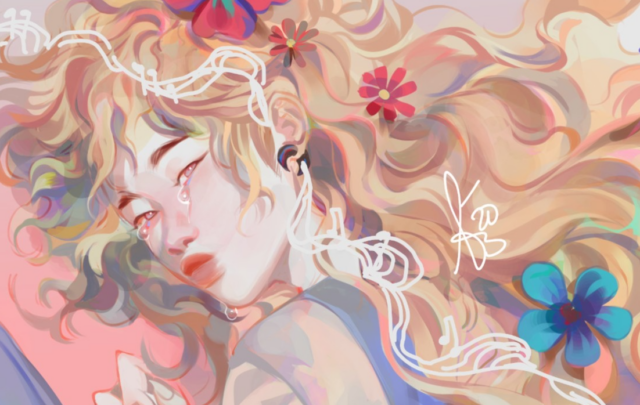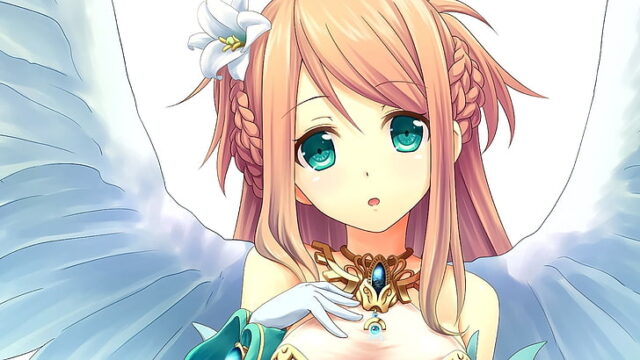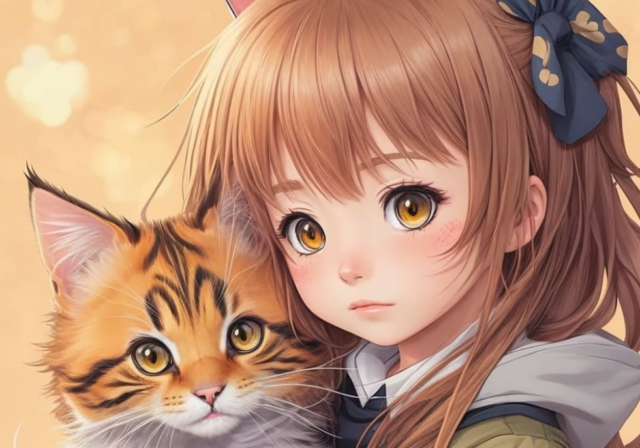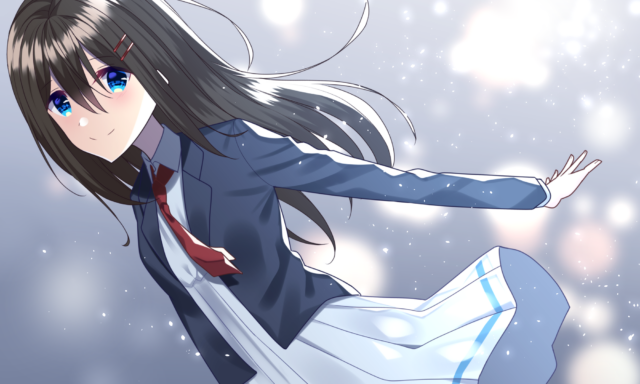
Coloring can be the most rewarding part of the anime drawing process, or the most challenging, depending on how you approach it. Among the colors, mastering skin tones is vital as they often act as the foundation for your characters’ visual and emotional attributes.
This blog post explores the art of coloring skin tones in anime, providing a step-by-step guide to help you enhance your artistic skills, effectively express your character’s emotions, and make your artwork more vibrant and alive.
Understanding Skin Tones in Anime

Anime is known for its vast array of unique characters, each with distinctive features, including a diverse range of skin tones. Anime artists use skin tones to differentiate characters, highlight their origins, and even hint at their personalities.
For instance, a dark-skinned character may depict a tough exterior, while a character with pale skin may convey a soft and gentle personality. Additionally, these variations help make the anime world more diverse and inclusive, mirroring the diversity of the real world.
Selecting the Right Colors
Choosing the right colors for skin tones requires a deep understanding of color theory and a keen eye for detail. It’s crucial to consider the character’s ethnicity, personality, and the environment they’re in. Lighter skin tones are typically achieved with a base of peach or light pink, while darker skin tones may start with a base of brown or tan.
Environmental factors also play a significant role in color selection; skin tones can appear differently under different lighting conditions. For instance, in a sunset scene, the skin tones would take on a warm, golden hue.
Tools and Materials

The tools and materials you use will significantly impact your final results. For traditional art, high-quality colored pencils, markers, or watercolors are preferred, while digital artists would need a graphics tablet and a reliable drawing software like Adobe Photoshop or Procreate or even search Google for anime girl coloring pages and find a solution there.
Each tool brings its own strengths and challenges; for example, colored pencils offer precision, while markers provide bold, smooth coverage. On the other hand, digital tools offer limitless color options and the ability to undo and redo your actions.
Creating a Base Layer
The base layer is critical as it sets the foundation for the skin tone. Start with a light layer, gradually building up the color intensity. Remember, it’s easier to add more color than to take it away.
For a smooth, consistent base layer, use small, circular motions, and try to keep your strokes as even as possible. The goal is to avoid any visible lines or unevenness in the coloring.
Adding Shadows and Highlights
Shadows and highlights add depth and realism to your artwork. Shadows are typically a darker version of the base color and are used on areas away from the light source. On the contrary, highlights are lighter, often a white or near-white color, applied on areas where light directly hits.
Take note of the light source’s direction and consider how it would interact with the character’s facial structure.
Addressing Common Mistakes
One common mistake in coloring anime skin tones is being too heavy-handed with colors, which often results in a saturated and unnatural look. Using softer, lighter strokes not only ensures a smoother finish but also provides greater control over the intensity of the color.
Another frequent error is ignoring the influence of light sources, which results in flat, dimensionless characters. When adding shadows and highlights, always factor in where the light is coming from and how it interacts with the character’s features.
Finally, an under-variation of skin tones leads to a lack of diversity in your characters, making them less relatable and interesting.
Exploring a wide spectrum of colors, and not limiting yourself to conventional skin tones, allows you to represent diverse characters more accurately and engagingly.
Blending Techniques

Blending colors seamlessly is crucial in achieving natural-looking skin tones, and there are a few techniques that can help you master this. Layering involves applying multiple thin layers of different colors and blending them together for a smooth transition. This method requires patience and careful control but results in rich, complex tones.
Another technique, burnishing, requires applying heavy pressure with your coloring tool to blend the colors together. This method is quicker, but may result in a less refined blend.
For digital art, numerous software options offer a built-in blending tool. These tools smooth out the colors, mimicking the effects of layering or burnishing but with a much easier learning curve.
Creating Diverse Skin Tones
Embracing diversity in your anime characters is both a socially responsible practice and a key to enhancing the depth and variety of your artwork. To create diverse skin tones, you should experiment with different hues and undertones.
For instance, darker skin tones can have a rich spectrum of undertones, including red, orange, or even blue, each conveying a different feel and personality.
Likewise, lighter skin can have undertones ranging from pink to yellow to olive, which can add subtlety and nuance to your characters. Remember, diversity is not just about difference, but also about authenticity and representation.
Expressing Emotions Through Skin Tones

Using skin tones to express a character’s emotions or mood is a subtle yet powerful tool for character development. For instance, a face flushed with a warmer tone may denote feelings of embarrassment or excitement, providing insight into the character’s state of mind. Conversely, a face made paler may signify emotions such as fear or shock.
These slight shifts in skin tone, while not overly dramatic, can convey these emotions subtly but effectively. This enhances your characters’ expressiveness and can resonate deeply with viewers, allowing them to connect emotionally with the characters.
Digital Coloring vs. Traditional Coloring
Each coloring medium—digital and traditional—has its unique advantages and challenges. Digital coloring offers unlimited colors, layers, and the ability to undo mistakes, making it a flexible option. However, it requires expensive equipment and software.
On the other hand, traditional coloring gives a unique tactile experience and produces original art pieces but requires a steady hand and can’t be easily corrected if mistakes are made. Transitioning between the two mediums requires practice and understanding of the different tools.
Conclusion

Mastering skin tones in anime coloring requires an understanding of color theory, the right tools and materials, a steady hand, and lots of practice. However, the reward is immense, as it brings your characters to life, allowing them to express emotions, tell their story, and even mirror the diversity of the real world.
With patience and practice, you can create diverse, vibrant, and realistic anime characters that resonate with audiences worldwide. The world of anime skin tones is vast and diverse, so continue experimenting and learning to bring your characters to life authentically.
In the world of anime, captivating storytelling and beautifully colored illustrations bring forth a myriad of characters, including those iconic villains that stand as some of the most unforgettable in history.













